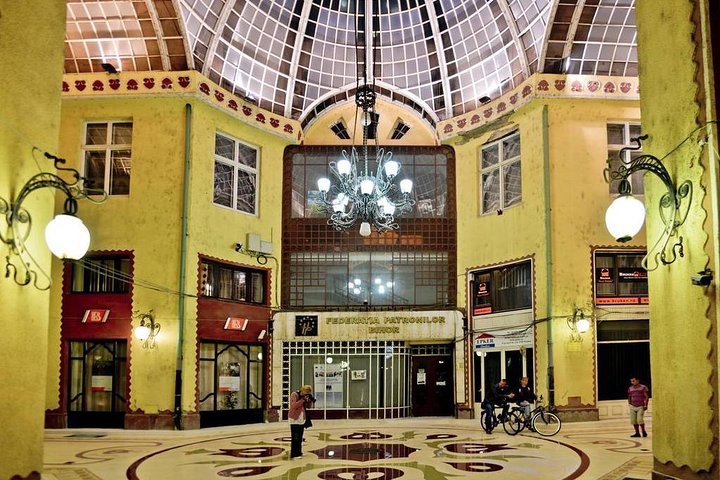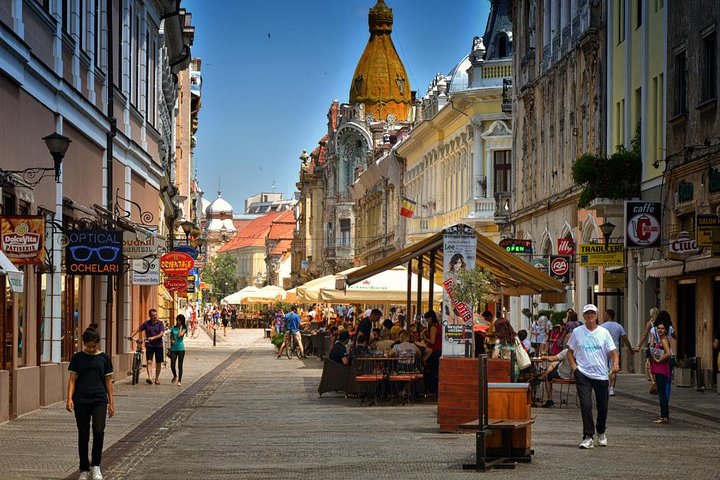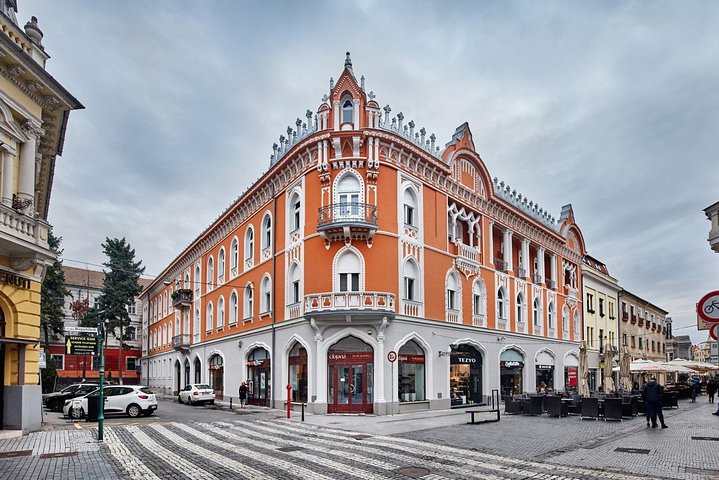Enjoy a 3-hour walking tour in Bihor county and explore the city of Oradea and its cultural highlights with your guide. Oradea, the capitol city of Bihor county, is one of the important economic, social and cultural centers of north-western Romania. The city is holding on to these characteristics throughout its history. Oradea is nestled among hills that divide and unify the Crisana Plains and the hill-like limits of the Apuseni Mountains in a harmonious way. Located on the Crisul Repede River, which divides the city into almost equal halves, Oradea is the gateway to Central and Western Europe. Located about 10 km from Bors – the biggest border point on the western border – Oradea ranks tenth in size out of the Romanian cities.
The price is per group for up to 10 tourists.






